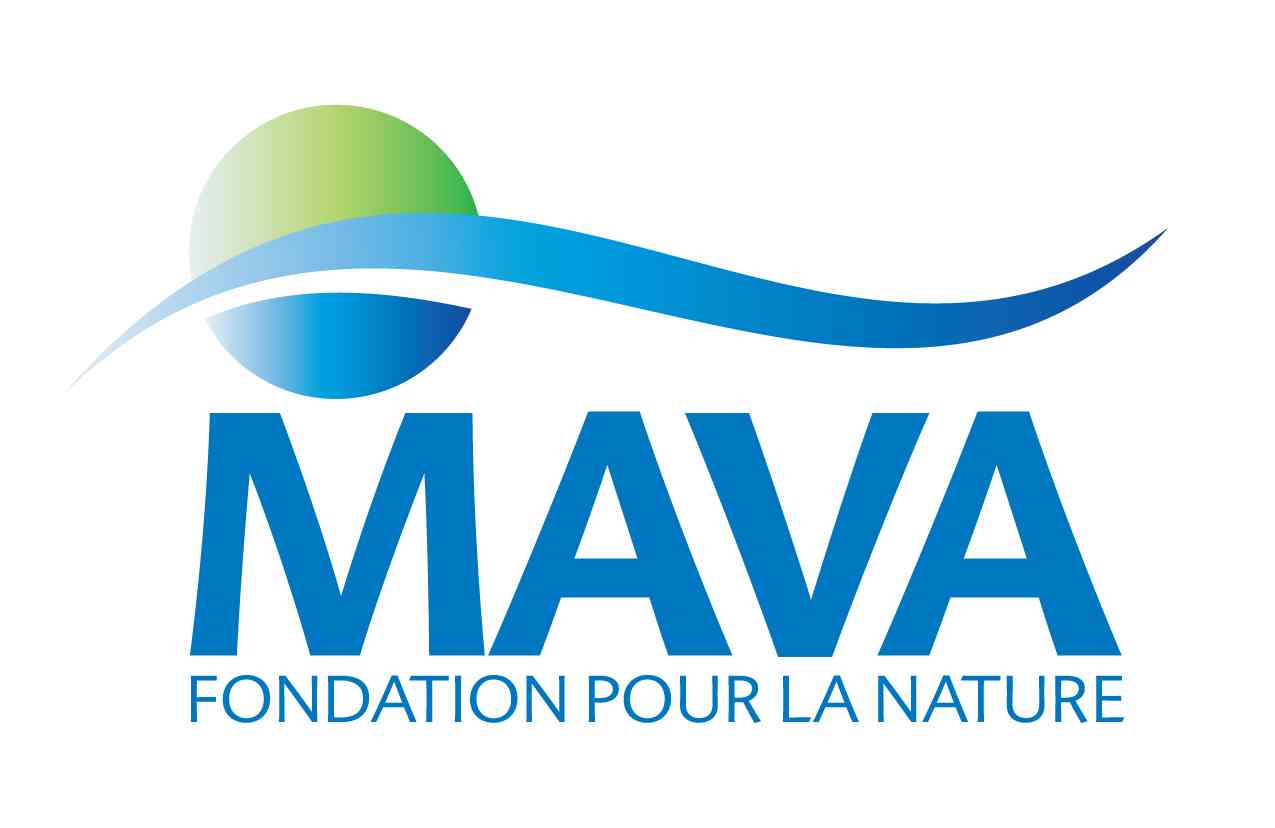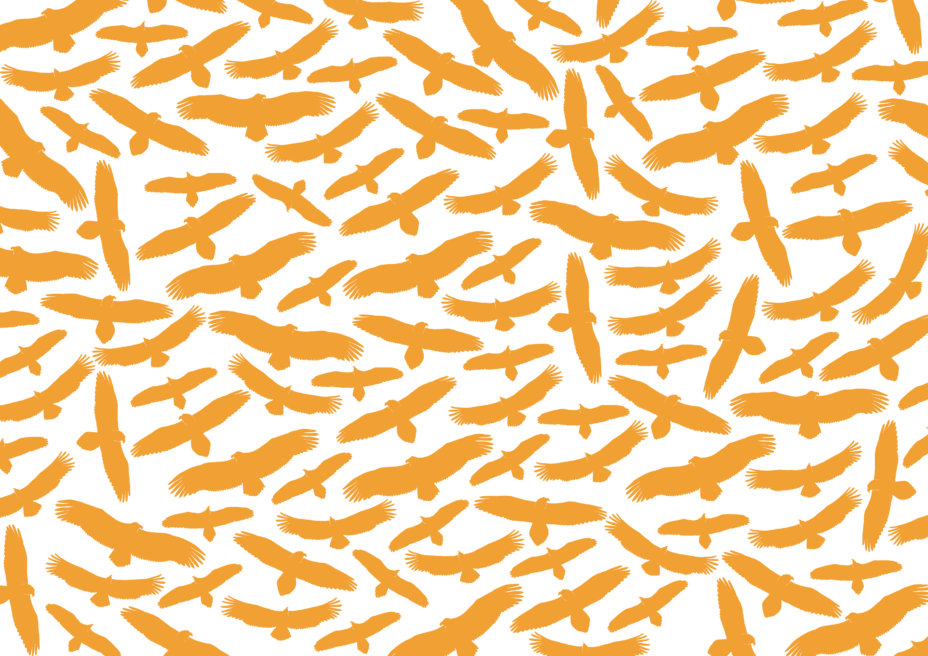
A young Cinereous Vulture found exhausted back in October and released in Portugal’s Parque Natural do Douro Internacional as part of the LIFE Rupis project and is the latest Cinereous Vulture in Portugal to be fitted with a GPS transmitter.
The young bird was discovered in a distressed state, starved, dehydrated and weak exhausted on a roundabout by local residents in a town in the Gondomar region of Portugal. Thanks to their quick actions of calling the Nature and Environmental Protection Service (SPENA) the young bird was recovered to the Wildlife Recovery Centre at the nearby small urban nature reserve Parque Biológico de Gaia.
Since October 2018, under the care of staff at the Wildlife Rescue Centre the young bird has been recovering well and on Wednesday 23 January was released back into the wild at Parque Natural do Douro Internacional. The release attracted some cosiderable local attention with school children and local press present to see the bird fly free.
Rescuing young Cinereous Vultures
Young Cinereous Vultures often travel extensively in their first few years after fledging from the nest, and can occassionally become exhausted during these long travels. This was the case the bird released this week as well as for a couple of other birds over Autumn 2018 that just like this Cinereous Vulture entered a wildlife recovery centre across Portugal:
Côa

Named after the river where they were released back into the wild Côa was found in state of exhaustion in Coimbra in central Portugal and recovered at CERVAS – Centro de Ecologia, Recuperação e Vigilância de Animais Selvagens a wildlife rescue centre back in October before being released in mid November at a site near the Côa River.
Orca

Another young Cinereous Vulture was found injured in September in the town of Orca and thanks to the team at Centro de Estudos e Recuperação de Animais Selvagens (CERAS), managed by Portuguese wildlife organisation Quercus, made a full recovery over the four months the were resident at the centre. In mid December, given the name Orca, the bird was released back into the wild at Natural Park Tejo Internacional, home to Portugal’s largest colony of the species.
Following Cinereous Vultures
As part of the release of the bird in the Parque Natural do Douro Internacional yesterday and the release of Côa and Orca at the end of last year we supported the teams to fit them with GPS transmitters generously funded by the MAVA Foundation. Weighing between 30g and 40g fitting a GPS transmitter helps conservationists understand his movements, foraging ranges and habits, it also allows them to pick up when a vulture is no longer moving and potentially injured.

These three birds now join wild-born Murtigão, who became the country’s first Cinereous Vulture to be tracked using a GPS transmitter back in July 2018. This information provided by tracking these birds is vital to reveal any threats the birds may face as the species continues to make a comeback across Portugal. The insight from this data will be useful for conservationists to enable them to carry out actions to reduce the risk the birds faces and help support the species comeback. You can follow these birds online yourself by visiting the maps that are generated from the data collected from the GPS transmitters.

Cinereous Vultures in Portugal

Cinereous Vultures became extinct as breeding species in Portugal in the 1970s, mostly due to the use of poisoned carcasses targeting unwanted predators. An increasing population in Spain saw the species first return to breed in central Portugal (Tejo Internacional) in 2010 (where now there is a small colony of about 10 pairs), and then in north-eastern Portugal (one single pair). Then in 2015 they also started breeding in southern Portugal at there is a population of around eight breeding pairs, in Herdade da Contenda, a large estate owned and managed by the Moura Municipality. In total there are around 25 breeding pairs in Portugal.
LIFE Rupis

The LIFE Rupis conservation project, led by Portuguese wildlife organisation Sociedade Portuguesa para o Estudo das Aves (SPEA), and funded by the European Union’s LIFE Fund and the MAVA Foundation, is working in the cross-border Douro region of Spain and Portugal to protect and strengthen the populations of Egyptian vultures and Bonelli´s eagle. With around 135 breeding pairs, the region has one of the largest population of Egyptian vultures in Europe. Creating a network of feeding stations, improving habitat and nesting sites as well as tackling the major threats of electrocution from electricity pylons and illegal wildlife poisoning, the LIFE Rupis project will strengthen the population and improve breeding rates.
The LIFE RUPIS project is implemented by the Vulture Conservation Foundation and partners, including SPEA (BirdLife in Portugal), ATN and Palombar (regional conservation organisations in NE Por
tugal), the Junta de Castilla y Leon & the Fundación Patrimonio Natural de Castilla Y León, the Portuguese electricity distributor EDP-D, the Portuguese statutory conservation agency ICNF and the Portuguese environmental police force (GNR), and is co-funded by the MAVA Foundation.








